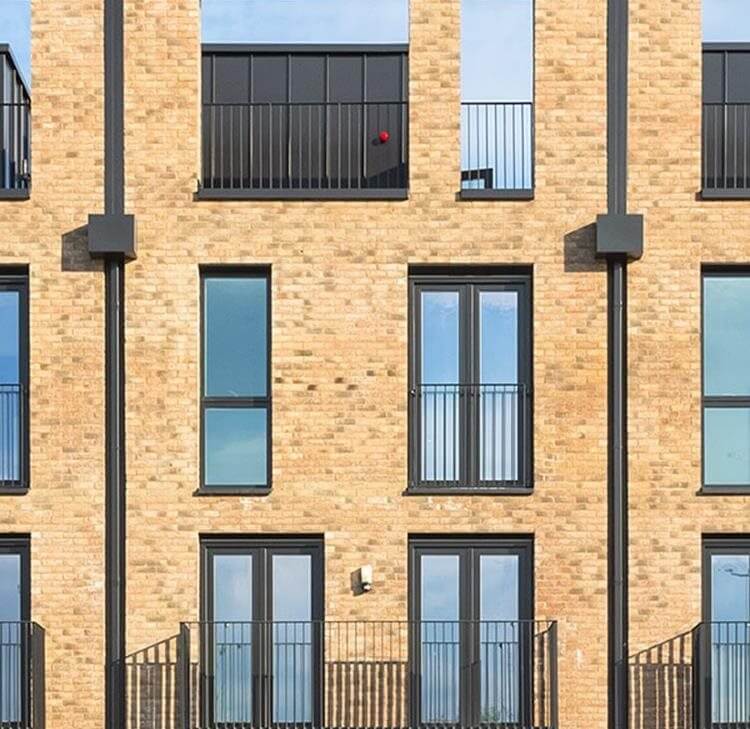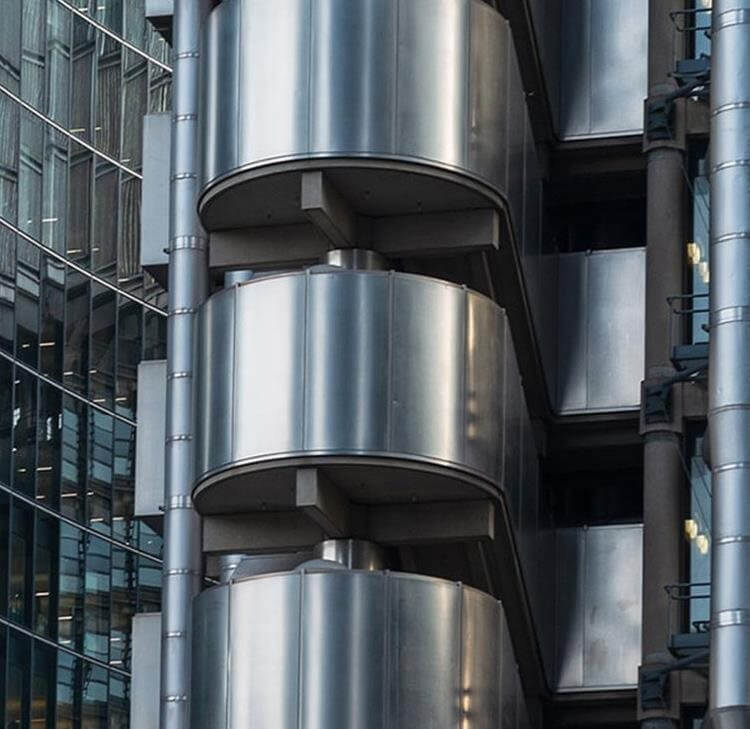By Nick Reed (Reed Mobility) and Joanna Wallens (Browne Jacobson).
On 24 September Thatcham Research launched a new vehicle assessment system called Vehicle Risk Rating (“VRR”). It is intended to offer a more detailed and adaptable evaluation of vehicle risk compared to the outgoing 1-50 Group Rating system and give greater clarity to insurers, manufacturers and consumers over the relative risk factors associated with each vehicle.
“New technology is challenging the existing motor insurance model, prompting an unprecedented shift in the balance of risk from the driver to the vehicle. In response, we’ve worked closely with insurers, drawing upon cutting-edge data analysis to create a rating system that offers a more precise and detailed assessment of vehicle risks… This will not only help insurers price premiums more accurately but also encourage manufacturers to consider insurance outcomes when designing vehicles and implementing technologies” Jonathan Hewett, Chief Executive, Thatcham Research. (www.thatcham.org/pf/vehicle-risk-rating)
Rapidly developing safety and security technologies mean that insurers are less able to rely on their historical experience of vehicle types to determine premiums. Vehicle Risk Rating is designed to assist insurers in determining the impact of new technologies.
For the first 18 months, motor insurers will be using Vehicle Risk Rating alongside the existing Group Rating System to calculate premiums. Following this period of adjustment, and assuming no issues, Vehicle Risk Rating will become the sole reference for vehicle risk assessment. These assessment systems are relied upon along with other rating factors to calculate insurance premiums.
Thatcham Launches Vehicle Risk Rating System - (insurance-edge.net)
What does the new system entail?
The old system assessed vehicles based on 125 vehicle attributes. This system dates back the 1970s and struggles to account for the complexities of today’s vehicles. Vehicle Risk Rating uses five parameters to measure risk for each vehicle:
- Performance – characteristics such as speed and acceleration.
- Damageability – how design, materials, and construction influence damage severity.
- Repairability – the ease and cost of repairs.
- Safety – active and passive safety systems, including crash avoidance features.
- Security – physical and digital security measures.
Each of these five assessments is scored on a scale of 1 to 99. This offers insurers a more granular understanding of vehicle risks. Vehicle Risk Rating will allow a greater understanding of the impact of new technology on insurability allowing for more accurate individualised insurance premiums more closely linked to the vehicle being insured. Vehicle Risk Rating will also incentivise vehicle manufacturers to prioritise designs and technologies which enhance security, safety and repairability.
What does this mean for road safety?
Following disappointing sales figures for models fitted with advanced protective features, the president of Ford Motor Company in 1972, Lee Iacocca, famously stated that ‘safety didn’t sell’. The star ratings provided by the New Car Assessment Program(me) (NCAP) crash rating schemes changed this narrative. Originally developed by the National Highway Traffic Safety Administration (NHTSA) in the U.S., it gives an intuitive star rating to vehicles assessed under the programme to give consumers guidance over the level of safety each vehicle provides. A maximum score of five stars indicating that the vehicle has state-of-the-art crash protection and zero stars suggesting that the vehicle meets minimum regulatory requirements but offers no additional safety features.
Initially focused on occupant protection, the NCAP schemes now include measures relating to collision avoidance and vulnerable road user protection. The European version, EuroNCAP, began in the 1990s. This has had a dramatic impact on manufacturers’ approach to safety; no manufacturers wanted to offer cars with a zero or one-star rating. As a result, the level of safety improved across the vehicle fleet as higher rated vehicles increased their market share. Note that the star rating schemes evolve over time, so cars awarded five stars at launch could subsequently drop down the ratings if Euro NCAP raise the criteria for achieving the top grade.
The Vehicle Risk Rating scheme can perform a similar role from an insurance perspective. By assessing vehicle risk more accurately across the five dimensions, the new rating scheme can pick up areas of concern that may have been missed under the previous group rating scheme. Consumers will be incentivised both by price and safety to choose vehicles that perform well under the Vehicle Risk Rating scheme. As with NCAP star ratings, this exerts pressure on manufacturers to improve their products in line with the requirements of the rating scheme. This may be felt particularly keenly from fleet purchasers. This category represents the majority of new car registrations and corporate safety policies may push those responsible for purchasing decisions to select vehicles that score well under the Vehicle Risk Rating scheme, for reasons of both cost and staff safety.
What does this mean for insurers and road users?
Motor vehicles are shifting from predominantly mechanical and hardware systems to complex software systems. Similarly, the use of new materials, manufacturing techniques, advanced driver assistance system features and the increasing connectivity of vehicles presents new security and repairability challenges. This has in turn made insurer risk assessment more complex. Highly variable vehicle specifications has made risk pricing increasing difficult. Vehicle Risk Rating will be welcomed by insurers (and indeed was funded by insurers).
Repairability is an important factor in Vehicle Risk Rating. The cost of repairs has risen significantly in recent years and is a driving force behind increasing motor premiums. A knowledge gap at insurers regarding how expensive and repairable new technologies are using the old rating system, meant premium increases in an industry which massively favours certainty.
Jonathan Hewett, Chief Executive, Thatcham Research says:
“Repairability is increasingly important…Without a keen focus on sustainable repair at the design stage and vehicle launch… the industry's environmental endeavours are at risk of being undermined by vehicles that become disposable too early into their use phase.”
Electric vehicle (“EV”) manufactures and owners may find Vehicle Risk Rating challenging. Whilst EVs have fewer components and are simpler to maintain, repairs can be more expensive and take longer, especially if damage involves the battery pack. It will be interesting to see if difficulties in repairing EV batteries pushes their Vehicle Risk Rating scores up, resulting in increased insurance premiums. However, the increased focus on repairability is likely to cause car manufactures to improve the sustainability of vehicles as the scheme will favour vehicles that can cost-effectively be maintained for longer.
Features such as driver assistance systems, whist important for safety can also be expensive to fix. If a vehicle equipped with sophisticated sensors is involved in a collision, the cost to replace sensors can be significant – and even if the sensors are undamaged, they may require expensive recalibration by a specialist. It will be interesting to see the how the safety benefits that these systems offer stacks up against the potential repair costs under the new rating system.
Vehicle Risk Rating will provide insurers and vehicle manufactures with greater transparency. However, it will lead to higher insurance premiums for vehicles that do not score well. With high profile issues on the insurability of vehicles, such as a well known premium SUV brand’s vulnerable keyless entry system and targeting by thieves, road users are increasing aware of vehicle insurability. Insurability may become a more prominent factor in vehicle purchasing decisions.
Over-the-air updates enable manufacturers to improve the functionality and cyber-resilience of vehicles through software upgrades made either at an authorised service station or via a secure home Wi-Fi connection. Clearly, these cannot change the physical characteristics of a vehicle, but it does become possible for manufacturers to respond to shortcomings that may be identified through the Vehicle Risk Rating scheme to reduce the risk profile of their vehicles.
As with any new rating system there will be winners and losers. The new scheme may present challenges for some manufacturers for which the risks associated with their vehicles were masked by the inadequacy of the previous group rating scheme. However, the ultimate winners are likely to be consumers as the rating scheme drives manufacturers to produce vehicles that are safe, secure and sustainable. While it might not push insurance premiums dramatically lower, it will help to ensure that insurance costs are a fairer reflection of the true risks that each vehicle represents.
For further articles of the increased individualisation of insurance premiums please see: https://www.brownejacobson.com/insights/the-word-august-2024/artificial-intelligence-putting-the-actuarial-defence-to-the-test.









![Contractual liability for all inclusive treatment: Bartolomucci v Circle Health Group Limited [2025]](/getattachment/95f9533b-f99c-4fcc-b8d5-3f93904b8242/shutterstock_1265400856.jpg?variant=HeroImageTabletVariantDefinition)
































